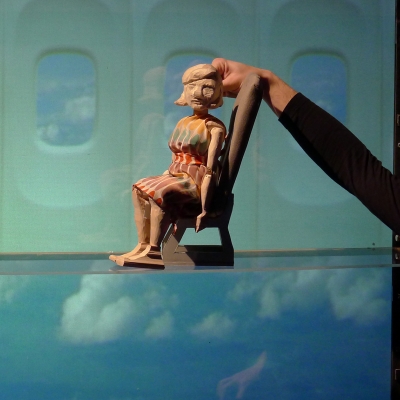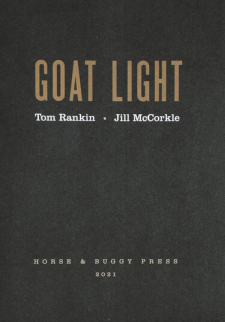We live in an increasingly visual culture, awash with images in an expanding range of media – from painting and sculpture to photography, television, film, video and the Internet – and public and private settings – from the gallery and city street to the courtroom, the hospital, and the lecture hall. As visual forms are deployed to entertain, to enlighten, to seduce and persuade us, and as we ourselves increasingly become the objects of surveillance, visual competence and media literacy are central to critical thinking in the twenty-first century. The historical study of art, architecture, and visual and media culture provides a range of practical and intellectual skills, and helps to develop languages necessary to analyze objects, artifacts and the built environment, and to interpret their social impact. Making art enhances our ability to think visually and to resolve spatial problems, and at the same time develops within us the deep satisfactions of creativity.
A passion for the visual artifact resides at the core of successful work in the history or practice of art, and both Art History and Studio training provide current and practical experience in the development and creative resolution of new ideas and their visual expression. In addition to the pleasure of a new awareness of the visual environment, these disciplines offer a new and compelling way to think and debate, and new perspectives on the past and present.
Research
Student & Faculty Projects
Related Programs
We work directly and/or are affiliated with several programs, departments and labs across Duke University.
Exhibitions
Throughout the year, we hold several exhibitions - in person and online - to showcase work from the department.




















